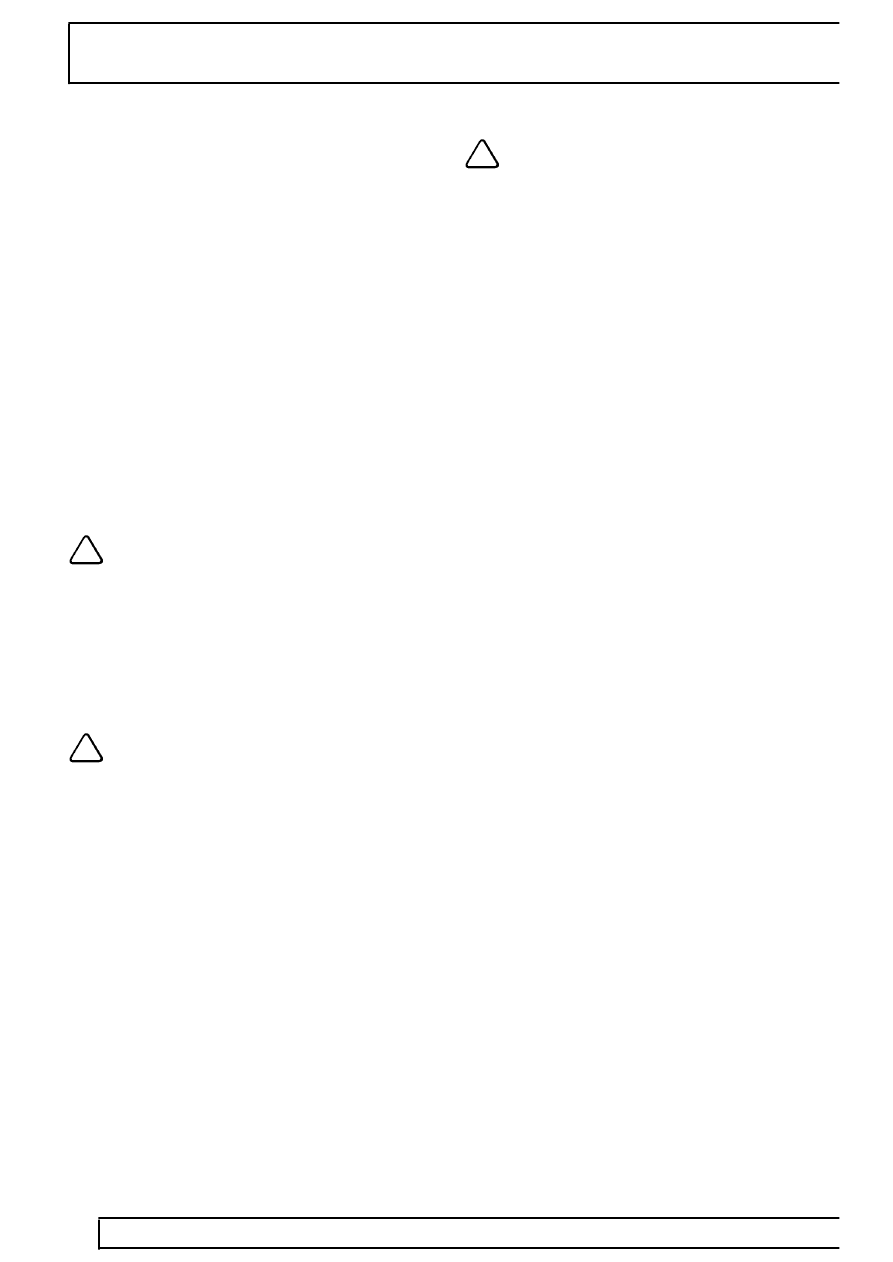Range Rover P38

77
PANEL REPAIRS
NEW RANGE ROVER
14
SEALING AND CORROSION PROTECTION
Stone Chip Resistant Paint/Primer
Re-treat all areas protected with factory-applied
anti-chip primer with suitable approved material in
repair.
Inspections during Maintenance Servicing
It is a requirement of the Land Rover Corrosion
Warranty that the vehicle body is checked for
corrosion by an authorised Land Rover dealer at least
once a year, to ensure that the factory-applied
protection remains effective.
Service Job Sheets include the following operations to
check bodywork for corrosion:
•
With the vehicle on a lift, carry out visual
check of underbody sealer for damage.
•
With the vehicle lowered, inspect exterior
paintwork for damage and body panels for
corrosion.
NOTE: Wash the vehicle and ensure that it
is free from deposits prior to inspection. It
is part of the owner’s responsibility to
ensure that the vehicle is kept free of
accumulations of mud which could accelerate the
onset of corrosion. The Dealer MUST wash the
vehicle prior to inspection of bodywork if the
customer has offered it in a dirty condition, and
pay special attention to areas where access is
difficult.
NOTE: The checks described above are
intended to be visual only. It is not
intended that the operator should remove
trim panels, finishers, rubbing strips or sound
deadening materials when checking the vehicle
for corrosion and paint damage.
With the vehicle on a lift, and using an inspection or
spot lamp, visually check for the following:
•
Corrosion damage and damaged
paintwork, condition of underbody sealer
on front and rear lower panels, sills and
wheel arches.
•
Damage to underbody sealer on main floor
and chassis members. Corrosion in areas
adjacent to suspension mountings and fuel
tank fixings.
NOTE: The presence of small blisters in
PVC underbody sealer is acceptable,
providing they do not expose bare metal.
Special attention must be paid to signs of damage
caused to panels or corrosion material by incorrect
jack positioning.
It is essential to follow the correct jacking and lifting
procedures. See GENERAL INFORMATION DATA,
Information section.
With the vehicle lowered, visually check for evidence
of damage and corrosion on all painted areas, in
particular the following:
•
Front edge of bonnet.
•
Visible flanges in engine compartment and
boot.
•
Lower body and door panels.
Where bodywork damage or evidence of corrosion is
found during inspection, rectify this as soon as is
practicable, both to minimise the extent of the damage
and to ensure the long term effectiveness of the
factory-applied corrosion protection treatment. Where
the cost of rectification work is the owner’s
responsibility, the Dealer must advise the owner and
endorse the relevant documentation accordingly.
Where corrosion has become evident and is
emanating from beneath a removable component
(e.g. trim panel, window glass, seat etc.), remove the
component as required to permit effective rectification.
